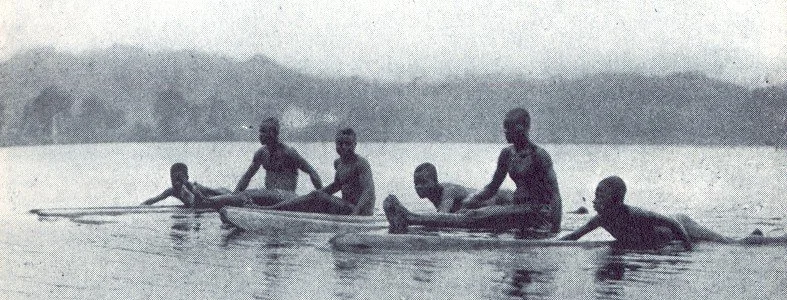The History of Black folks Naturally in Nature.
BY COURTNEY LANCTOT
Black folks being in and navigating through nature is so much more than literally being outside.
White historians often try to portray us as impoverished or dusty. Before we were enslaved and stolen, we were one with nature. We were living beautifully with the ebbs and flows of the seasons of life and understanding the abundance of nature when we work and live alongside it all.
Here are some examples of Black folks making incredible history in and through the American outdoors.
Black folks were the original cowboys
When we were forced to work on this stolen land, our work was to understand the cycles and seasons of nature to farm and hunt. After emancipation, we took what we knew to live independently. A percentage of us were able to thrive in self-sufficient communities despite the challenges.
A few of the many skills, trades, and businesses that Black folks took to were farmers, blacksmiths, and ranchers, all things we associate with cowboys. Due to the romanticizing of Western movies, we were conditioned to believe that cowboys were these gun-slinging white men.
Although Black horsemanship, homesteading, and farming are seemingly trendy through the eyes of social media, we're not new to them. Compton Cowboys put Black urban equestrian ownership on the front stage. Still, many major cities have at least one Black-owned ranch or horse stable. Countless Black families and communities casually own one or multiple horses in the country.
To be clear, although we mostly see Black men as cowboys, Black women rode and ranched back in the day. Black women like Brianna Nobles and Aisha McElroy ensure we're seen joyously and beautifully as we re-establish our presence in the equestrian world.
Similarly, many Black folks have held some form of a garden, whether it be a kitchen windowsill or a plot of land. Thanks to social media and technology, growing our food, whether plants or animals, is seemingly more accessible than we previously thought. We have been familiar with it as a community. Still, unfortunately, due to industrialization and the history of the United States Department of Agriculture leaving Black farmers behind while providing other racial groups with loans and grants, making it impossible for Black farms to make a living, many of our ancestors walked away from it.
Growing our food became a luxury of time and access to information that most of our parents couldn't afford. We are finding our way back to our roots and way of living.
Harriet Tubman knew the land and stars.
Have you ever thought of how Harriet Tubman navigated through unknown forests successfully and continuously?
She had a profound knowledge of nature. Harriet Tubman navigated the “multi-day journeys, across marshes and through forests, proving her deep working knowledge of tides, seasons, weather, wildlife, and plants.” She also is noted to use “celestial navigation,” which is navigating by following the celestial bodies, aka stars like the North Star.
Buffalo soldiers… were not from Jamaica…
Buffalo soldiers… were not from Jamaica…
Many of the now highly trafficked National Parks were established and protected by Buffalo Soldiers from the 1890s to the early 1900s. They became the original park rangers of Yosemite, Sequoia, and Yellowstone, far before the National Park Systems were officially established(1916) and before Black people were legally even allowed to visit them(1964).
The Buffalo Soldiers “were members of the 10th Cavalry Regiment of the United States Army, formed on September 21, 1866. The nickname was given to the Black Cavalry, because of their hair texture resembling buffalo fur, by Native American tribes who fought in the Indian Wars. The term eventually became synonymous with all African American regiments formed in 1866.”
The soldiers were used similarly to the National Guard. They were present throughout Alaska, California, Montana, and Wyoming to establish trails and roads in forested areas, protect nature, and keep order among the chaos of civilians seeking gold and timber. During the gold rush, they had been sent as far away as Skagway, Alaska, to help keep rowdy gold miners in order.
Swag Surfin
Contrary to what California beaches and media have historically portrayed, surfing was not a white man’s activity. Whether it was for the joy of it or to catch something delicious to eat, Africans have been surfing the thousands of miles of warm, beachfront waters of Africa long before California was colonized. Surfing can be traced to Ghana as far back as 1640.
Joyously and boldly, Black Americans are reclaiming this activity despite racist folks trying to intimidate many of them. Folks like Tony Corley, Selema Masakela, Nique Miller, Ebony Surf Club, Textured Waves, Black Surfers, etc., are genuinely facilitating the reclamation of Black folks playing in natural water.
As a community, it was instilled in us that we don’t do the outdoors. Much of this narrative is based on how we had been terrorized while casually enjoying these spaces. However, we are outdoors. We are rooted in nature through our ancestors. How are you connecting to nature?
How does it call you forth?








